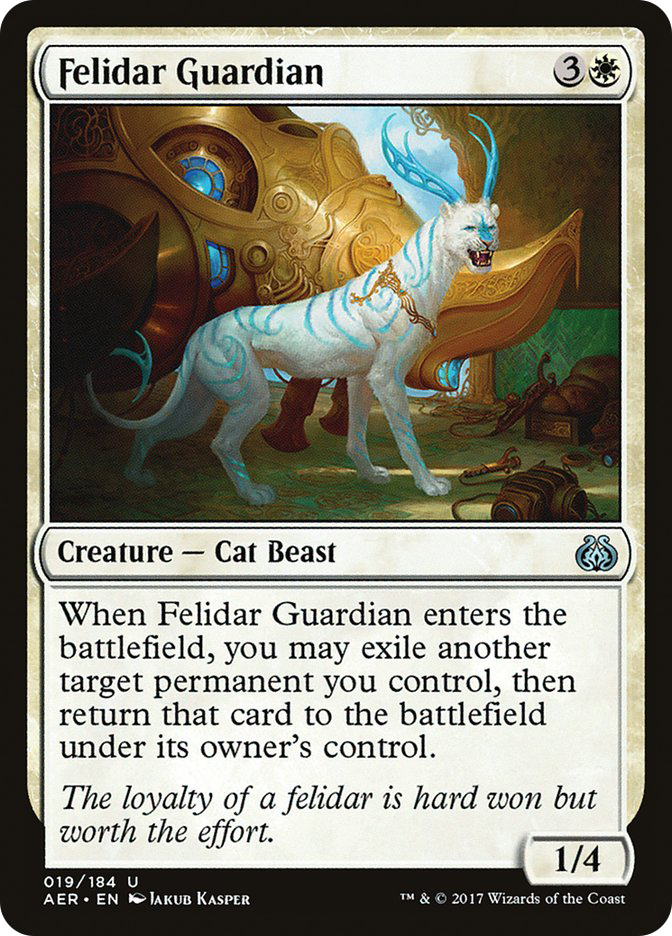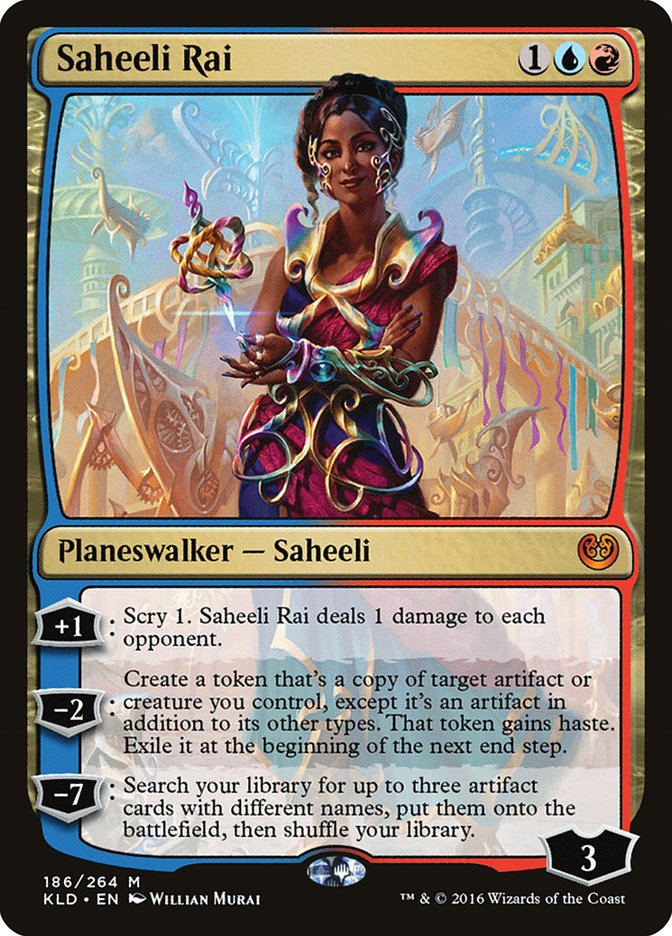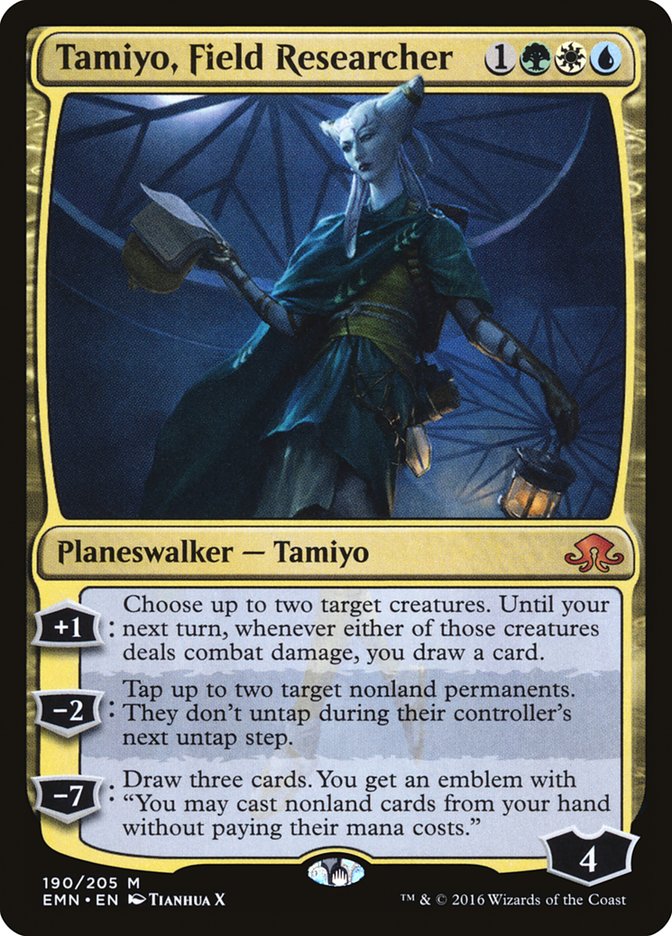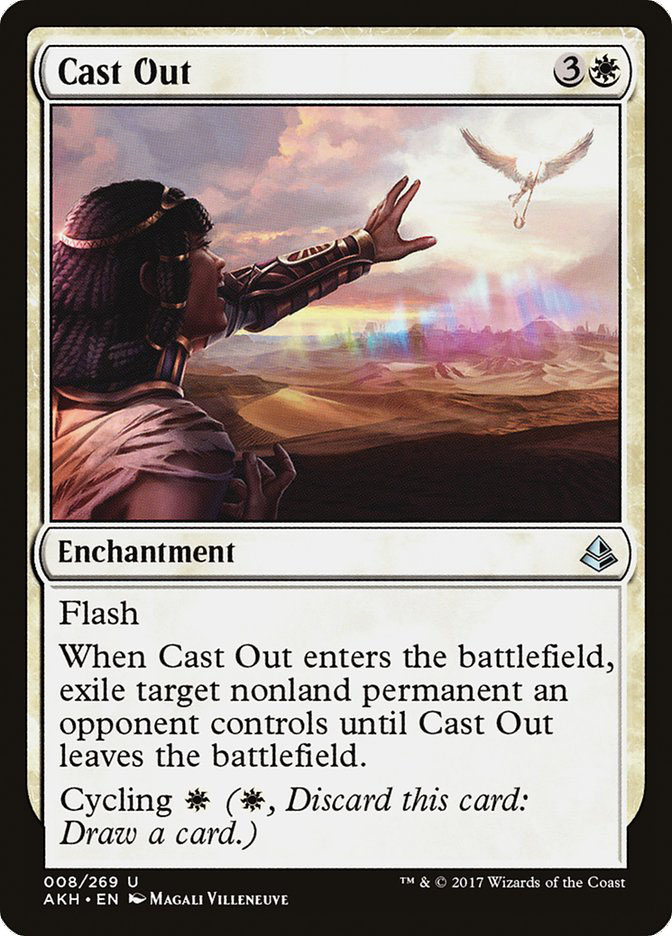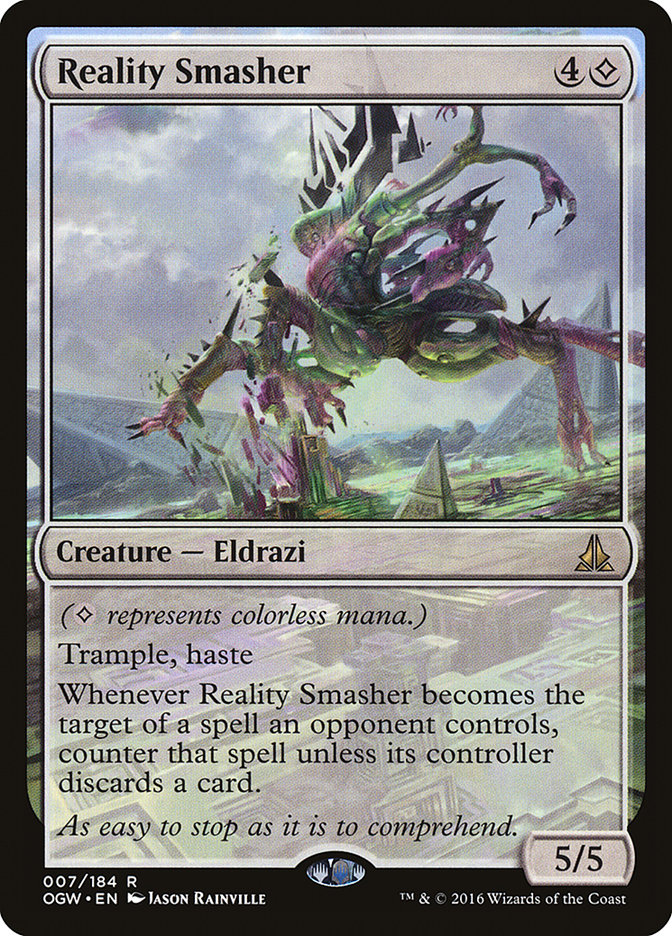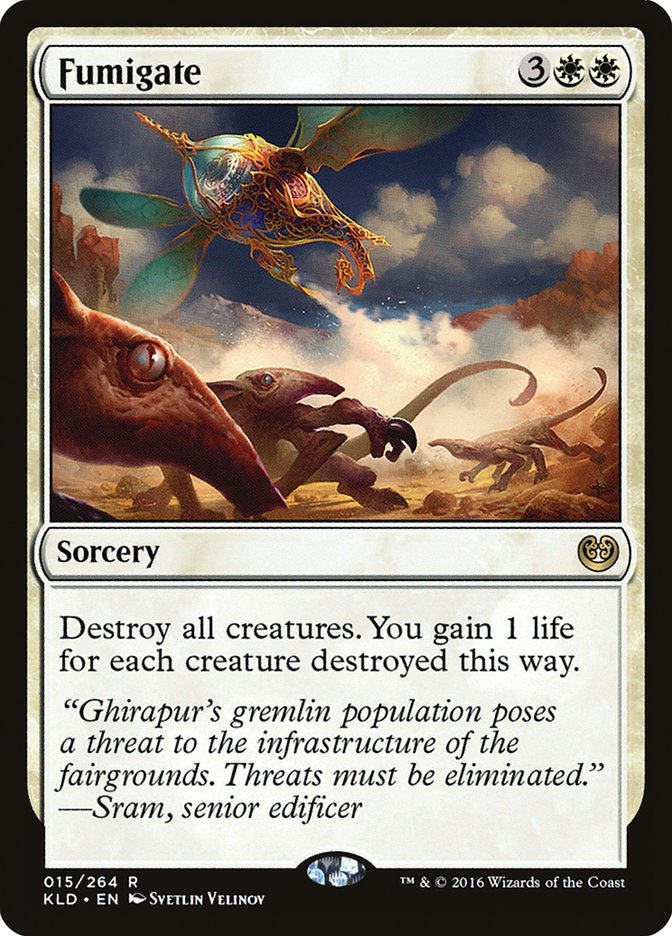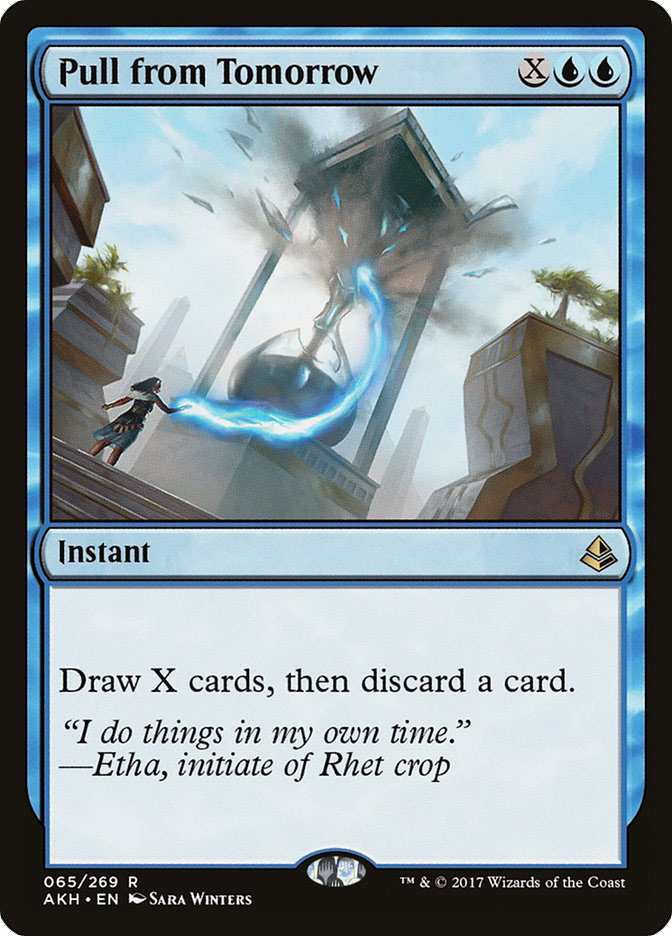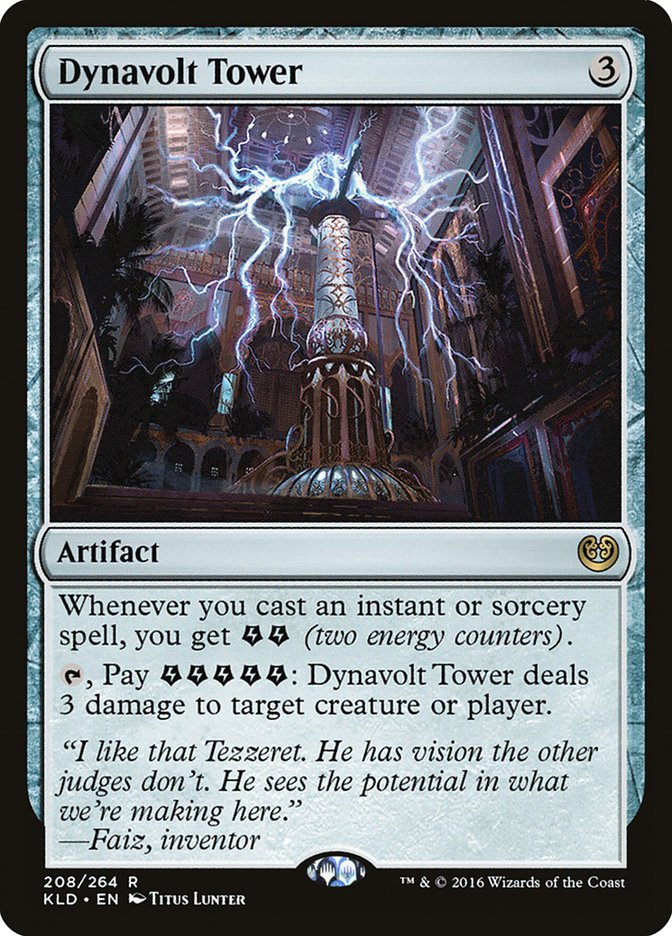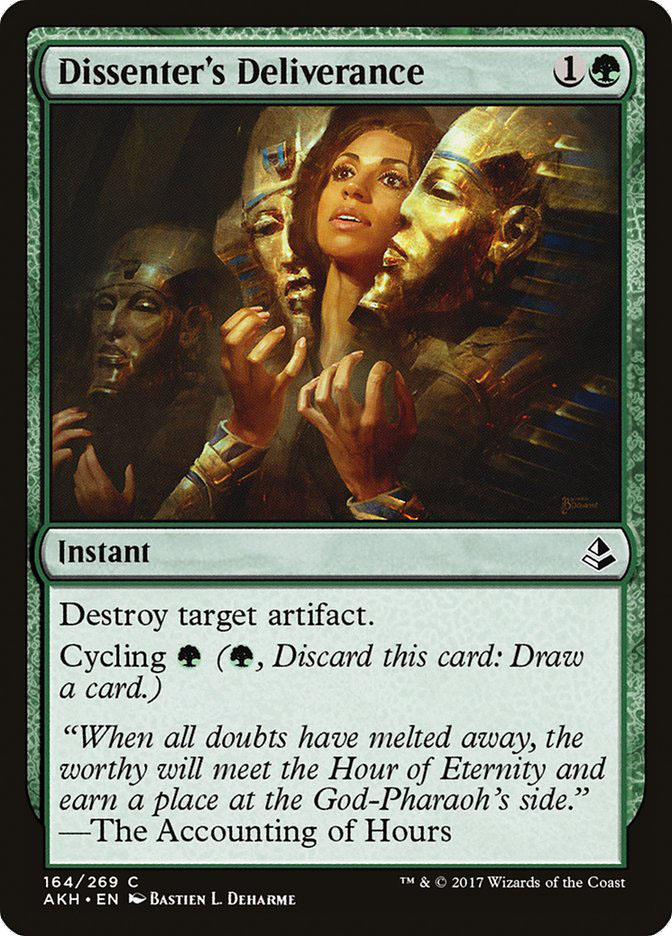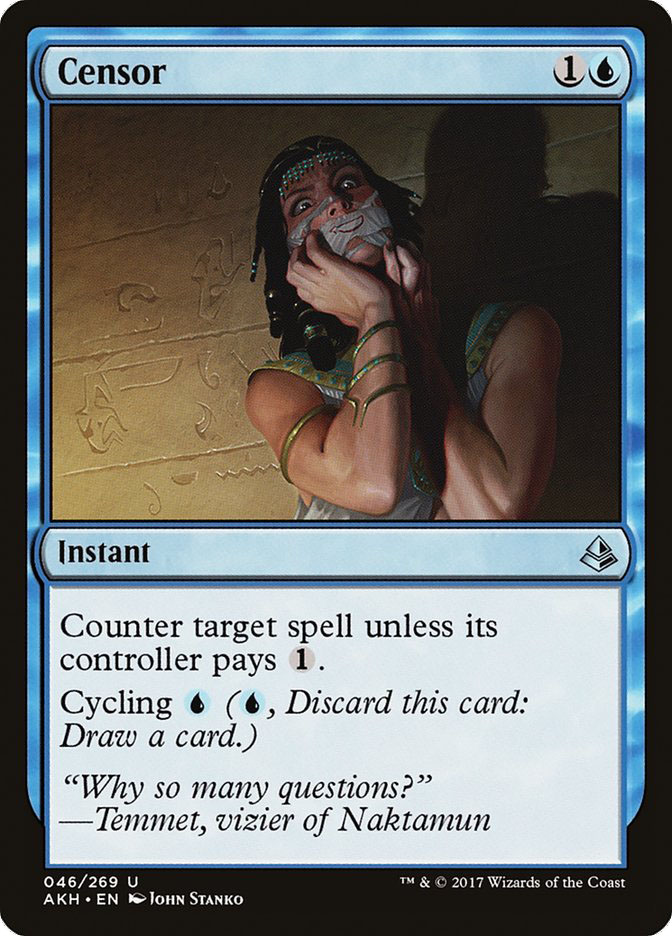Amonkhet has been fully revealed, which means we have a complete picture of the Standard format for the next few months (or near-complete, if you’re willing to ignore the prospect of potential bans coming in before the Pro Tour).
Certainly, removing Gideon, Ally of Zendikar, Felidar Guardian, or even Scrapheap Scrounger would have a profound impact on the format, and preparing for a format with that degree of uncertainty is a risky proposition, but given what I see in Amonkhet, I think there are certain takeaways that will remain true regardless of what happens to the old guard.
The most underrated skill in brewing is being able to suss out what’s important in the format as a whole and then apply those lessons to each individual deck you build. Everything is contextual in Magic and one format’s Tier 1 is another format’s fringe player, depending on what’s going on around it and the exact card available to combat other strategies. Sure, certain cards are powerful enough to always find a home in Standard, but the goal is to find the best home, and that question is much more specific.
Mardu Vehicles and Four-Color Saheeli will no doubt form the backbone of the format, at least in its early days, but they are not going to look exactly like they did before, either incorporating powerful new cards or shifting gears in reaction to the new cards and decks that Amonkhet adds to the metagame. Understanding how they will shift is important for staying ahead of the metagame from the start.
An Assault on Planeswalkers
By any account, the previous Standard season was dominated by Planeswalkers. The reviled Gideon, Ally of Zendikar and Crazy Cat Lady Saheeli Rai are the primary offenders, but both top decks morphed into planeswalker-heavy midrange decks by the end of the format, with Chandra, Torch of Defiance; Tamiyo, Field Researcher; and Ob Nixilis Reignited all seeing play.
Aside: poor Saheeli. She was one of the faces of Kaladesh but was completely ignored for months as Smuggler’s Copter and Emrakul, the Promised End dominated Standard. Clearly her forced isolation drove her crazy, because now she lives with upwards of ten million Cats. They might as well change the art on the card to this:
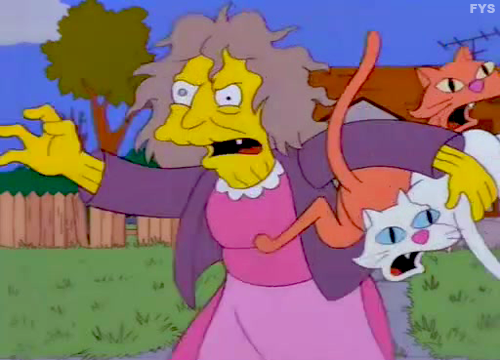
The reason for this uptick in planeswalkers is both directly and indirectly due to the printing of Felidar Guardian. Obviously the kitty brought her master into the fold, but even without the other combo piece being a planeswalker, Felidar Guardian made life much easier for them. The removal spells that interacted directly with them, Ruinous Path, Quarantine Field and the like, were nearly all sorceries, meaning they couldn’t interrupt the combo on an opposing turn.
The consequences for failure to answering a planeswalker, while severe, aren’t quite as bad as losing the game on the spot, so as a result they were largely pushed out of the metagame in favor of things like Harnessed Lightning and Grasp of Darkness.
Answering planeswalkers directly became very difficult, and we were left trying to cobble together some meager attacks with Thopter tokens or combine Chandra, Torch of Defiance with her Oath for some direct damage. Even if you did answer a planeswalker in combat, it often took several turns, allowing its controller to extract significant value from it both in terms of raw resources and positioning, since you were often forced to make overly aggressive attacks to ensure the planeswalker’s demise.
Games of Standard that weren’t over quickly to a fast Mardu curve or an early combo very often came down to fighting these planeswalker position battles, but Amonkhet has two cards that will change this dynamic going forward: Cast Out and Glorybringer.
The former is a long-awaited instant-speed answer to planeswalkers that also handles Felidar Guardian, aka “the perfects.” It would potentially be too clunky at four mana, but with cycling for only a single white mana, you have a card that is going to make its way into lots of decks and in high numbers. Suddenly, answering planeswalkers becomes a lot easier. Sure, Gideon, Ally of Zendikar will leave behind a token and Chandra, Torch of Defiance may draw a card or kill a creature, but those small advantages are much easier to overcome than the positional disadvantage when you were forced to attack every planeswalker down against opponents who were all too aware of your lack of options.
On the other hand, Glorybringer is better at attacking planeswalkers than any creature we’ve seen in years. It seems like Reality Smasher was supposed to take up the Stormbreath Dragon mantle, but it never quite made it. Now we have a true successor to Chris VanMeter’s fiery friend, and this iteration of Trogdor isn’t a fan of how decidedly unburninated the countryside and the peasants are. Much like pizza crusts, peasants are a lot more delicious when they have a little bit of char on them.
Obviously, Glorybringer’s stats line up perfectly with Gideon, Ally of Zendikar, eating the token with the exert trigger while taking out the planeswalker with its 4/4 body. But even against planeswalkers with more than four loyalty, like Chandra, Torch of Defiance, Glorybringer both pressures them and clears the way on the ground for your other creatures to finish them off. It’s using the combat step, but Glorybringer is not bringing the same “attack their planeswalker down” dynamic that we’ve seen for the last few months. Rogue Refiner, Scrapheap Scrounger, and Thopter tokens were pecking away, while Glorybringer is torching the place and stomping on the ashes.
We’re going to be in a position where players are scared to even play their planeswalkers for fear of a potential Glorybringer. Sure, maybe you’ll have opportunities to wait long enough to hold up a removal spell for the Dragon or you’ll curve Gideon into Archangel Avacyn on the play and come out way ahead, but those scenarios will be the exception more than the rule. And any time you’re forced to play off-curve, you give your opponent the opportunity to counter-maneuver around you, so slowplaying your planeswalkers isn’t even guaranteed to work.
Personally, I’m starting with a list of Four-Color Saheeli that cuts Chandra, Torch of Defiance entirely in favor of our new Dragon overlord:
Creatures (20)
- 1 Tireless Tracker
- 4 Whirler Virtuoso
- 4 Servant of the Conduit
- 4 Rogue Refiner
- 4 Felidar Guardian
- 3 Glorybringer
Planeswalkers (4)
Lands (21)
Spells (15)

I like the idea of surrounding Glorybringer with cheaper removal, especially to answer Thalia, Heretic Cathar, but Oath of Chandra is still valuable as a removal spell you can reuse with Felidar Guardian and Dissenter’s Deliverance is a great maindeck singleton to help against Heart of Kiran, so I’m trying all three for now and will adjust as needed.
I don’t want to go further into the specifics of this list, because it’s meant to be illustrative of the direction in which the format is heading. It can also help show the next step in the evolution of the format by serving as an updated baseline deck that we can now react to. How do we attack this new version of the deck over the previous iteration?
The first place I’d start is a good sweeper. Fumigate and company have been pushed out of the format by powerful Vehicles and planeswalkers but if one half of that duo recedes in popularity in favor of big flying Dragons and creatures that survive big flying Dragons, then a nice Wrath effect is exactly where you want to be. Note that Winding Constrictor and Verdurous Gearhulk are a few of the creatures that match up well against Glorybringer, meaning the format could shift back toward B/G decks, which would also make sweepers more potent. The increased vulnerability to sweepers is the reason I shifted the counterspell split in the above list’s sideboard toward Negate.
Better responses to planeswalkers is a big deal for post-Amonkhet Standard, and one whose ripple effects won’t be fully understood at SCG Atlanta. But those who are furthest down the path of understanding will reap the rewards.
The Return of Control
I mentioned Cast Out as a great answer to both planeswalkers and the Felidar Guardian combo, and having such a versatile answer is clearly at its best in a control deck. Moreover, cycling as a mechanic is a gain for control decks relative to the rest of the format. Allow me to explain.
First, cycling at its most basic is a trade of mana for velocity. Put another way, it’s a trade of tempo for consistency. Making that trade naturally slows the games down, as players are using their mana on an effect that doesn’t impact the battlefield.
Moreover, the cycling duals in particular help mitigate the risk of flooding. Spending mana on an effect that doesn’t impact the battlefield will naturally cause players to play more lands so they don’t fall too far behind, but when four or more of your lands cycle in the late-game, you won’t be at risk of flooding any more often. Decks that focus heavily on cycling cards will also be able to consistently find their more powerful end-game cards, like Pull from Tomorrow, without having to play three or four copies and risk flooding on them early.
Most importantly, cycling allows you to more easily play narrowly powerful effects, especially in your maindeck. Typically cards with a low floor and high ceiling are attractive but risky, and cycling, especially for one mana, mitigates most of that risk, leaving you with a good card that will significantly impact some number of games. If your control deck is having trouble with Prized Amalgam and Scrapheap Scrounger, then you can easily play some Scarab Feasts. Same with Dissenter’s Deliverance for Vehicles or Censor against every two-drop in the format.
Suddenly the diversity of threats in Standard looks to be much more manageable, even without appealing to Dynavolt Tower. Temur Dynavolt may have won a Grand Prix last season, but it wasn’t on the level of the other two decks and everyone knew it. With Amonkhet, I think we’ll see a control deck emerge among the top decks in the format, even if nothing is banned from the current bogeymen.
I wrote about a potential U/W shell lastweek, but the mana is good enough that you can certainly try a third color and get a more diverse pool of cards depending on what threats are seeing play. Staying only two colors is a testament to how good I think Cast Out is as a catch-all answer.
It’s easy to get lost in the potential of new cards. It’s even easier to use the uncertainty of a new set to justify trying anything and everything, but like any form of practice, testing a new set in Magic is best done within a given framework to provide direction and focus. Making simplifying assumptions will always be a risk, and you’re not going to be right every time. But when your hits are going to be bigger and your misses smaller because your deck is going to be cohesive, rather than a pile of cards you think are good or performed well in a limited sample size of test games against your friends’ untuned lists.
In sum, Magic is a lot easier when you know why and how a card is good or bad and not just that it is. Fortunately, those questions, while harder to answer, are also a whole lot more interesting, but that should come as no surprise.



